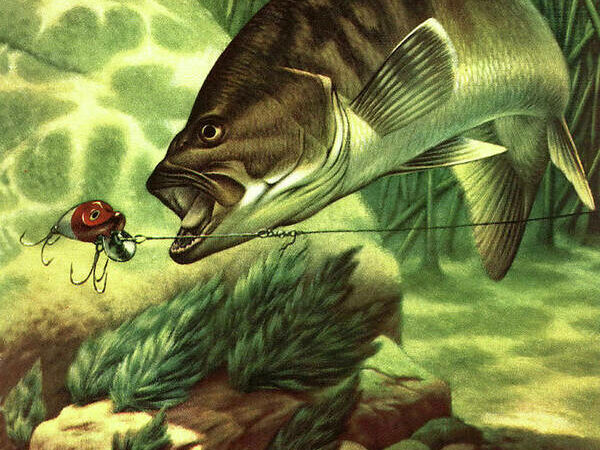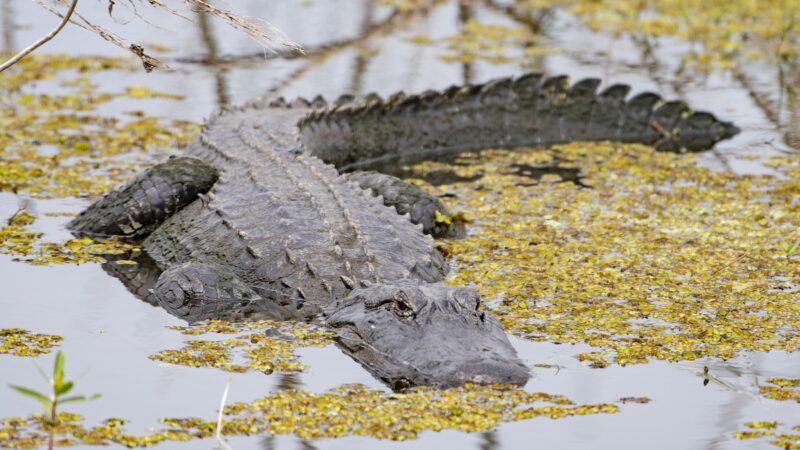Mallard Numbers Are Up This Year, Plus Duck Hunters Might See a 3-Pintail Limit Next Season
Most duck hunters will be happy to hear that breeding ducks increased 5 percent this year compared to 2023, according to the annual duck counts published Tuesday by the U.S. Fish and Wildlife Service. With 34 million breeding ducks accounted for in 2024, this year’s survey marks the first overall increase in breeding ducks that has been documented since 2015.
That’s the good news at a glance, and it’s particularly notable given the overall decline in habitat conditions compared to 2023 (more on that in a minute). Keep in mind that the annual duck counts are still 4 percent below the long-term average, with certain species adapting better than others to changing habitat and climactic conditions. This reflects “the continued effects of multiple years of drought in the Prairie Pothole Region,” according to Ducks Unlimited.
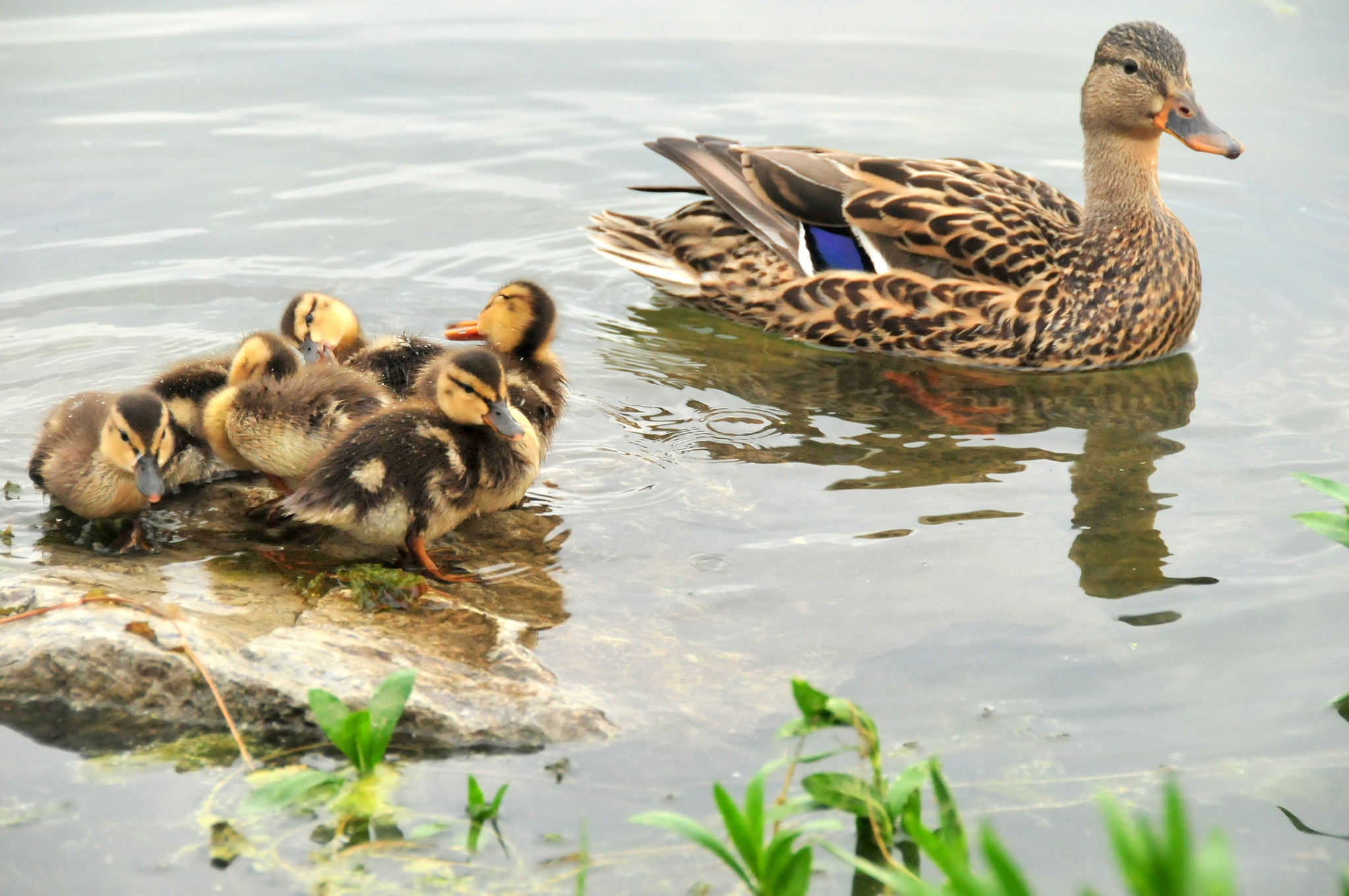
Photo via Adobe Stock
“This year’s report suggests that some duck populations had better production last year than expected, with good carryover to spring of this year,” said Steve Adair, chief scientist for DU. “While estimates were down in the prairies, population levels were up in northern breeding regions. We heard reports of an early spring, with ducks migrating through when the prairies were still dry and likely overflying to the Boreal Forest. This is a pattern we’ve seen many times before, and it appears to have been the case again this year.”
The USFWS Waterfowl Breeding Population and Habitat Survey has been conducted (almost) without fail since 1955. Although it won’t impact bag limits for this season, its results will help set regulations for the 2025-26 season. So, check out this handy reference chart from DU for a quick at-a-glance status report, and we’ll run through trends below.
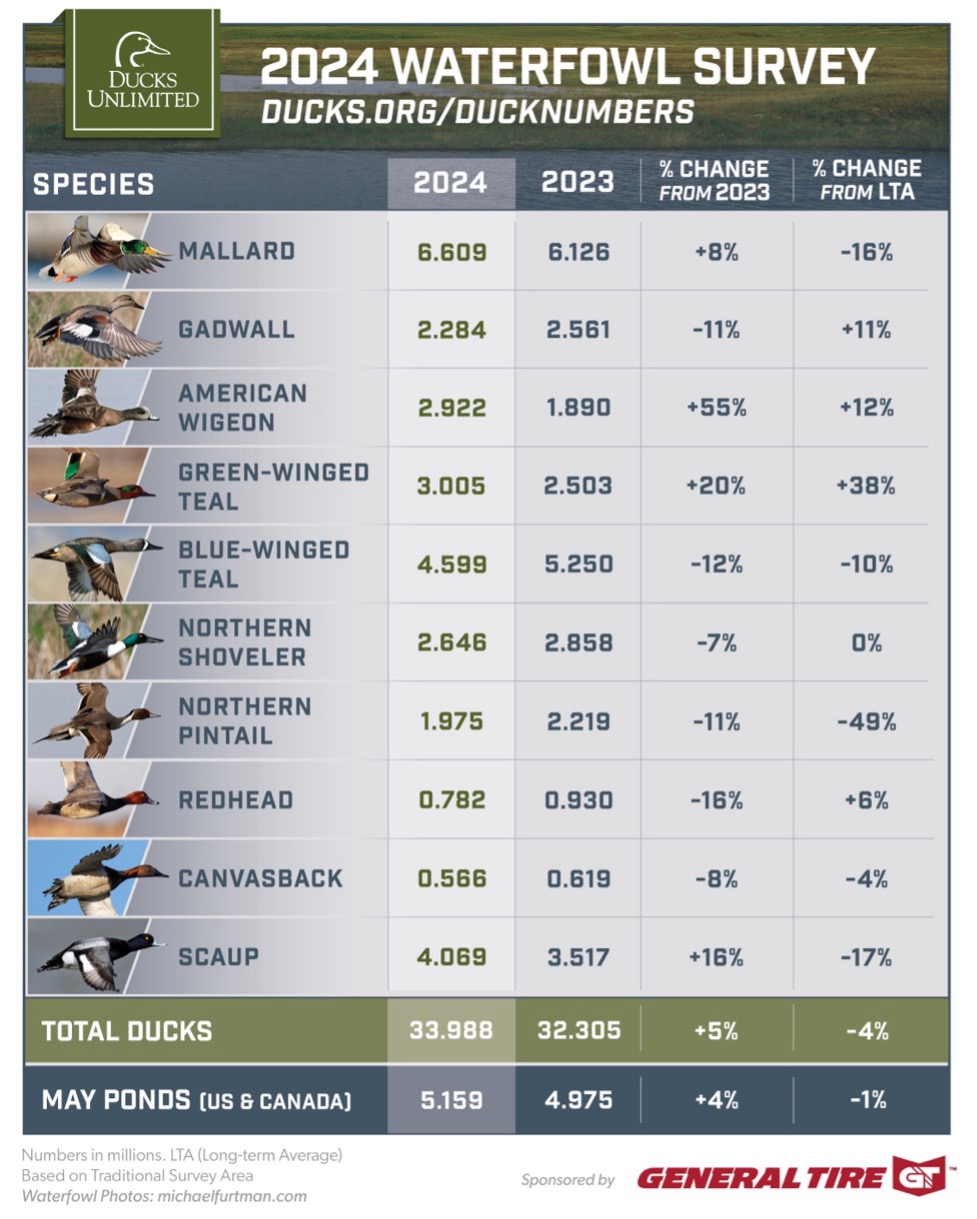
First thing’s first: Mallard counts are up a modest 8 percent over last year, which means there are an estimated 6.6 million mallards in the historic survey area. Less encouraging is that mallards still fall 16 percent below the long-term average; the total mallard count is one of the lowest since the early 90s. The study’s authors also included a snapshot of Eastern survey numbers, which reflected a small dip in mallards (about 4 percent compared to 2023).
Meanwhile wigeon, green-winged teal, and bluebill numbers saw double-digit increases from last year at 55 percent, 20 percent, and 16 percent, respectively. The biggest species success stories are wigeon and green-winged teal, which are both enjoying increased populations over the long-term average: wigeon counts are up 12 percent since 1955 and green-wings have increased by 38 percent. While fewer gadwall and redheads were counted this year compared to last year, their numbers are also up over the long term.
Pintails remain the poster child for downward-trending species, with an 11 percent drop over last year and half as many counted this year compared to the nearly 70-year average. Still, those numbers are strong enough to potentially allow a three-pintail daily limit next season — the first time since 1997 — thanks to a new pintail harvest strategy that was approved in June.
Surveyors also kept tabs on 23 geese species and tundra swans in the survey, and found “significant downward trends” among nine of those species over the last 10 years. The most notable is a 15 percent drop in Midcontinent lesser snow geese and 13 percent decline in Ross’ geese.
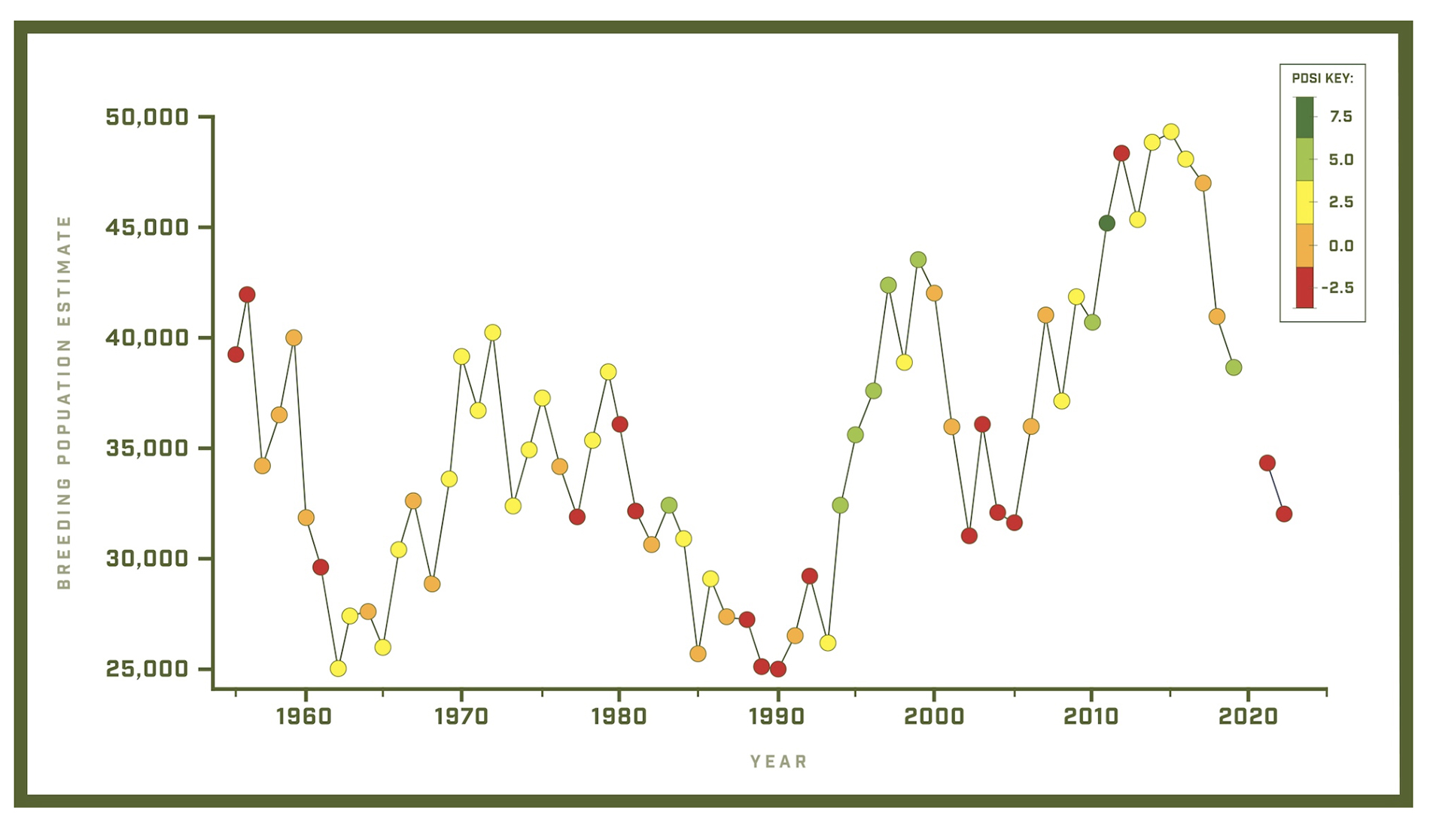
Chart courtesy of Dr. Nick Masto via Ducks Unlimited, data courtesy of NOAA and USFWS
On the whole, habitat conditions across the survey range were disappointing this year when compared to 2023. The biggest declines, according to USFWS, spanned interior Canadian provinces and the north-central U.S. While winter temperatures across the Canadian prairie were above (and sometimes well-above) average, winter and early spring precipitation there was low. By the time rainfall finally arrived in late spring — and lots of it — it was mostly too late to benefit initial nesting.
Read Next: Migrating Mallard Clocked at 103 MPH, Breaking Recent Speed Record
Bright spots include southeastern South Dakota (thanks to improved winter precipitation), eastern Canada and the Great Lakes. Minnesota’s conditions improved even as Maine’s declined substantially (from excellent to good). Alaska, British Columbia, and other northern survey areas also experienced improved habitat and substantial breeding numbers.
The post Mallard Numbers Are Up This Year, Plus Duck Hunters Might See a 3-Pintail Limit Next Season appeared first on Outdoor Life.
Source: https://www.outdoorlife.com/hunting/annual-duck-population-survey/

